The Digital Twin market is expected to be worth $48 billion by the year 2026. Interoperability will be crucial to the adoption and acceleration of Digital Twin technology. This is particularly with regard to processing heterogeneous information from heterogeneous systems.
The Challenge of Interoperability
Digital twins require the interplay of components for data collection, processing, communication, modelling, analytics, simulation and control. There needs to be an interchange of data between the mechanical, digital and human components of a process. To do so, standards will need to be created to allow this.
Information interoperability means that everyone in the process – whether that be in engineering, manufacturing, supply chain, service and technical support – is able to mutually exchange and utilise data.
As well as data silos and data quality issues existing within individual organisations, there is also the issue of interoperability between different organisations. This presents a challenge to interoperability, especially when organisations take a closed system’s approach. There is a growing acknowledgement that Digital Twins require an ecosystem of different organisations to collaborate to realise the full potential of the technology.
Creating standards for interoperability
Attempts have been made to create standards for Digital Twin interoperability. The purpose of interoperability frameworks is to help propose a change of thinking within the industry. While many companies offer their own proprietary and isolated digital twin solutions, industry disruptive use cases demand connectivity of twins and embedded systems.
In 2021, the Digital Twin Consortium (DTC) released a Digital Twin System Interoperability Framework. The DTC has a vision of an ecosystem of high-value multi-vendor services that seamlessly “plug into” a multi-dimensional, interoperable system of systems. The goal is for this to be as simple as plugging in say a USB device.
Specifically in the United Kingdom, is the Centre for Digital Built Britain (CDBB), a partnership between the University of Cambridge and the Department for Business, Energy and Industrial Strategy.
The CDBB runs the National Digital Twin Programme (NDTP). The purpose of the NDTP is to enable a National Digital Twin which would be an ecosystem of digital twins for the built environment that can interconnect through secure data sharing.
Part of this is the Information Management Framework (IMF) which aims to deliver secure, resilient interoperability of data in line with security, legal, commercial, privacy and other relevant concerns.
Overall, the availability of data remains the largest challenge to the adoption of digital twin technology. However, organisations are progressively recognising the value of connected Digital Twins, multi-vendor collaboration and the need for shared standards around data interoperability. Moving forward, efforts must be maintained to adopt said standards to arrive at solutions that will yield real business and industry value. To do so, an open systems approach should be favoured to ensure a client’s Digital Twin fully meets a client’s business needs.
One City Global’s Approach
One City Global has an open systems approach meaning that we will not tie you into a proprietary digital twin platform. Instead we will provide a solution “tailor made” to your business needs. Further, to achieve interoperability across your systems and vendors, we ensure:
data is not silod across systems;
solutions flexibly define transformation rules;
vendors with multiple cloud platforms and tools receive information in a common standardised digital twin format; and crucially,
sufficient safeguards are in place against security threats during data transfer.
For more information
email us at enquiries@onecityglobal.com
Follow us on LinkedIn.
Visit us at www.onecityglobal.com
About Us
OCG has market leading competences within the internet of things, smart data, artificial intelligence, simulation and digital twinning technologies. We drive digital transformation by integrating processes and technologies and end-point to cloud integration connecting products, controls, software and services. We enable solutions for all phases of a Digital Twin from data aggregation and visualisation through to a full Multi-Dimensional Digital Twin.
